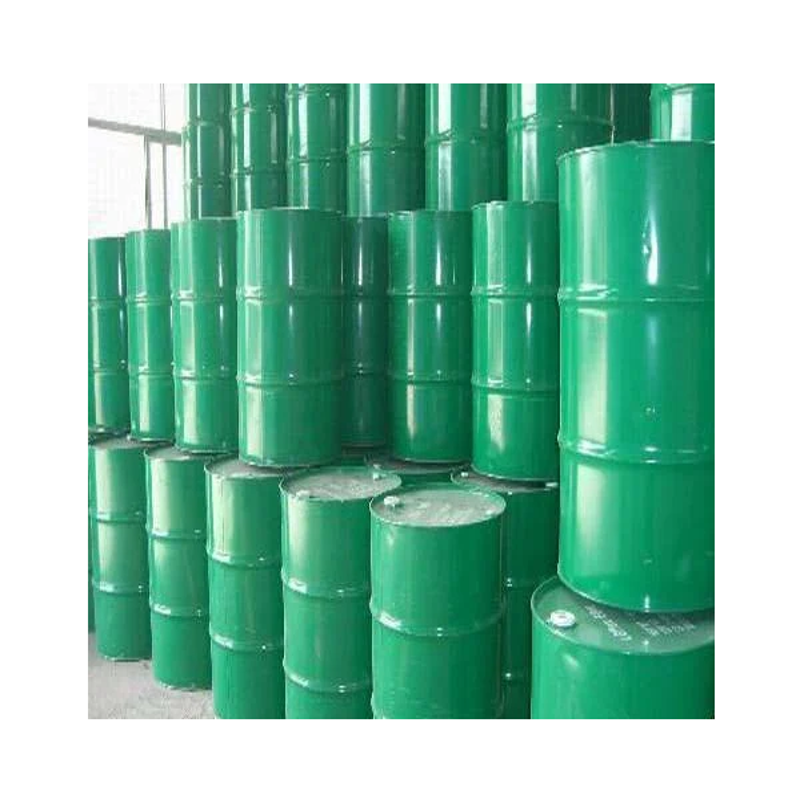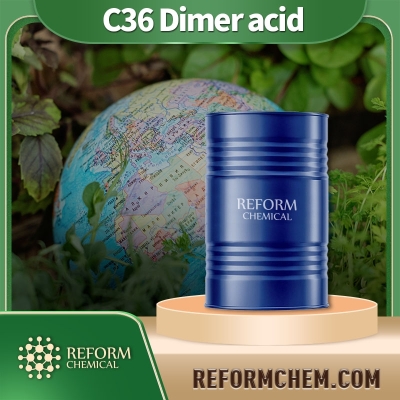-
Categories
-
Pharmaceutical Intermediates
-
Active Pharmaceutical Ingredients
-
Food Additives
- Industrial Coatings
- Agrochemicals
- Dyes and Pigments
- Surfactant
- Flavors and Fragrances
- Chemical Reagents
- Catalyst and Auxiliary
- Natural Products
- Inorganic Chemistry
-
Organic Chemistry
-
Biochemical Engineering
- Analytical Chemistry
-
Cosmetic Ingredient
- Water Treatment Chemical
-
Pharmaceutical Intermediates
Promotion
ECHEMI Mall
Wholesale
Weekly Price
Exhibition
News
-
Trade Service
With the continuous improvement of scientific and technological level, the flame retardant problem has been further developed from halogen flame retardant in the past to low halogen, halogen-free flame retardant
.
The insulation and sheath of the cable are made of halogen-free polymer materials with low smoke and halogen-free, high decomposition temperature and good mechanical properties, which will not produce harmful gases and a large amount of smoke during combustion, and there is no possibility of causing "secondary disasters", and also have good mechanical and electrical properties, which meet the requirements of the cable and completely change the shortcomings of the previous flame retardant cable
.
Flame retardant cable refers to the cable under the specified test conditions, the specimen is burned, after the test ignition source is removed, the spread of the flame is only within a limited range, and the residual flame or residual burning can be extinguished by itself within a limited time
.
The fundamental feature is that it may burn out in the event of a fire and cannot operate, but it can prevent the spread
of fire.
In layman's terms, in case of fire in the wire, the combustion can be limited to a local range, without spreading, and other various equipment can be preserved to avoid causing greater losses
.
Due to the flame retardant characteristics of flame retardant cables, flame retardant cables have been widely used in actual construction, but, like everything, flame retardant cables can only optimize the flame retardant performance of flame retardant cables by considering all aspects
.
The characteristic of flame retardant cable is to delay the spread of flame along the cable so that the fire does not expand
.
Because of its low cost, it is a cable variety
widely used in fireproof cables.
Whether it is a single cable or laid in bundles, the spread of the flame can be controlled within a certain range when the cable is burning, so it can avoid major disasters caused by fire and ignition, thereby improving the fire level
of the cable route.
Halogen-free low-smoke flame retardant cable is characterized by not only good flame retardant performance, but also constitutes a low-smoke halogen-free cable material without halogen, low corrosion and toxicity during combustion, producing a very small amount of smoke, thereby reducing the damage to people, instruments, equipment, conducive to timely rescue in the event of fire, although it has good flame retardancy, corrosion resistance, very little smoke concentration, etc.
, but its mechanical and electrical properties are slightly worse
than ordinary cables.
First, the laying environment of flame retardant cable
The cable laying environment largely determines the probability of the cable being attacked by external fire sources and the possibility of ignition after fire, for example: directly buried or separately through the pipe (metal, asbestos, cement pipe) can be non-flame retardant, and placed in semi-sealed bridge, slot box or special cable trench with cover plate, can reduce the flame retardant requirements one to two levels, the use of class B to use class C, or even non-flame retardant
.
Because there is little chance of being attacked by external factors in this environment, even if the ignition is limited by space, it is easy to self-extinguish and is not easy to cause disasters
.
On the contrary, indoor open dressing, climbing through the house, or dark passages, mezzanines, tunnel corridors, human traces of fire easy to reach the fire after the space is relatively large and air circulation is easy, its flame retardant level should be moderately strict
.
When the above environment is more in the high temperature furnace before the furnace or flammable and explosive chemical, petroleum, mine environment must be strictly disposed of, rather high than low
.
Second, the number of flame retardant cables
The number of cables is the basis for determining the level of flame retardant categories, when calculating the volume of non-metallic objects of the cable, the concept of the same channel refers to the space where the cable is burning, its flame or heat can be unhindered to radiate to nearby wires and cables and can ignite it
.
For example, if there is a truss or slot box isolated from each other, the same passage should refer to each bridge or slot box, if there is no fire isolation up and down or left and right, a fire assists each other, and the non-metallic volume of the cable should be
uniformly included in the calculation.
Third, the thickness of the flame retardant cable
After the volume of non-metallic matter in the same channel is determined, the outer diameter of the cable is fine, if the thin (diameter below 20mm), the flame retardant category should be treated strictly, on the contrary, if the coarse (diameter above 40mm) should be biased to the low level, the reason is that the thin cable has little heat absorption and is easy to ignite, and the thick cable heat capacity is large and should not be ignited
.
The key to the formation of a fire is to ignite, cause the fire to extinguish itself, and cause the fire to become a disaster
.
Fourth, flame retardant and non-flame retardant cables should not be mixed in the same channel
Laying wires and cables in the same channel, its flame retardant grade is only consistent or similar, low-grade or non-flame retardant cable for high-level cable is the existence of an external fire source, at this time even Class A flame retardant cable has the possibility of
fire.
5.
The level is determined according to the importance of the project and the depth of fire hazard
For a cable used in an important major project, such as more than 30MW units, high-rise ultra-tall buildings, banks and financial centers, large-scale people-flow distribution places, etc.
, under the same conditions of other factors, its flame retardant level should be high, strict, and choose low-smoke halogen-free cables to avoid small disregard and mess with the overall situation, reject the hidden dangers of accidents and themselves, and projects with far-reaching impact on responsibility, it is reasonable to be private and public, which has been clearly stipulated
in the relevant national standards.
6.
Non-power cables should be laid out in isolation from each other
Relatively speaking, the power cable is easy to catch fire, because it is hot, and there is a possibility of short circuit breakdown, and the non-power control cable signal control cable due to low voltage, small load in a cold state, itself is not easy to spontaneous fire, so it is recommended that in the same space the two are isolated laying, and the power cable is on top, the control cable is below, because of the fire upward, and in the middle of the fire isolation measures to prevent the burning material splash down
.
In fact, only by fully referring to various possible factors during construction and achieving scientific laying, can flame retardant cables truly play their role in preventing the spread of fire and achieve real safety
.
With the continuous improvement of scientific and technological level, the flame retardant problem has been further developed from halogen flame retardant in the past to low halogen, halogen-free flame retardant
.
The insulation and sheath of the cable are made of halogen-free polymer materials with low smoke and halogen-free, high decomposition temperature and good mechanical properties, which will not produce harmful gases and a large amount of smoke during combustion, and there is no possibility of causing "secondary disasters", and also have good mechanical and electrical properties, which meet the requirements of the cable and completely change the shortcomings of the previous flame retardant cable
.
Flame retardant cable refers to the cable under the specified test conditions, the specimen is burned, after the test ignition source is removed, the spread of the flame is only within a limited range, and the residual flame or residual burning can be extinguished by itself within a limited time
.
The fundamental feature is that it may burn out in the event of a fire and cannot operate, but it can prevent the spread
of fire.
In layman's terms, in case of fire in the wire, the combustion can be limited to a local range, without spreading, and other various equipment can be preserved to avoid causing greater losses
.
Due to the flame retardant characteristics of flame retardant cables, flame retardant cables have been widely used in actual construction, but, like everything, flame retardant cables can only optimize the flame retardant performance of flame retardant cables by considering all aspects
.
The characteristic of flame retardant cable is to delay the spread of flame along the cable so that the fire does not expand
.
Because of its low cost, it is a cable variety
widely used in fireproof cables.
Whether it is a single cable or laid in bundles, the spread of the flame can be controlled within a certain range when the cable is burning, so it can avoid major disasters caused by fire and ignition, thereby improving the fire level
of the cable route.
Halogen-free low-smoke flame retardant cable is characterized by not only good flame retardant performance, but also constitutes a low-smoke halogen-free cable material without halogen, low corrosion and toxicity during combustion, producing a very small amount of smoke, thereby reducing the damage to people, instruments, equipment, conducive to timely rescue in the event of fire, although it has good flame retardancy, corrosion resistance, very little smoke concentration, etc.
, but its mechanical and electrical properties are slightly worse
than ordinary cables.
First, the laying environment of flame retardant cable
The cable laying environment largely determines the probability of the cable being attacked by external fire sources and the possibility of ignition after fire, for example: directly buried or separately through the pipe (metal, asbestos, cement pipe) can be non-flame retardant, and placed in semi-sealed bridge, slot box or special cable trench with cover plate, can reduce the flame retardant requirements one to two levels, the use of class B to use class C, or even non-flame retardant
.
Because there is little chance of being attacked by external factors in this environment, even if the ignition is limited by space, it is easy to self-extinguish and is not easy to cause disasters
.
On the contrary, indoor open dressing, climbing through the house, or dark passages, mezzanines, tunnel corridors, human traces of fire easy to reach the fire after the space is relatively large and air circulation is easy, its flame retardant level should be moderately strict
.
When the above environment is more in the high temperature furnace before the furnace or flammable and explosive chemical, petroleum, mine environment must be strictly disposed of, rather high than low
.
Second, the number of flame retardant cables
The number of cables is the basis for determining the level of flame retardant categories, when calculating the volume of non-metallic objects of the cable, the concept of the same channel refers to the space where the cable is burning, its flame or heat can be unhindered to radiate to nearby wires and cables and can ignite it
.
For example, if there is a truss or slot box isolated from each other, the same passage should refer to each bridge or slot box, if there is no fire isolation up and down or left and right, a fire assists each other, and the non-metallic volume of the cable should be
uniformly included in the calculation.
Third, the thickness of the flame retardant cable
After the volume of non-metallic matter in the same channel is determined, the outer diameter of the cable is fine, if the thin (diameter below 20mm), the flame retardant category should be treated strictly, on the contrary, if the coarse (diameter above 40mm) should be biased to the low level, the reason is that the thin cable has little heat absorption and is easy to ignite, and the thick cable heat capacity is large and should not be ignited
.
The key to the formation of a fire is to ignite, cause the fire to extinguish itself, and cause the fire to become a disaster
.
Fourth, flame retardant and non-flame retardant cables should not be mixed in the same channel
Laying wires and cables in the same channel, its flame retardant grade is only consistent or similar, low-grade or non-flame retardant cable for high-level cable is the existence of an external fire source, at this time even Class A flame retardant cable has the possibility of
fire.
5.
The level is determined according to the importance of the project and the depth of fire hazard
For a cable used in an important major project, such as more than 30MW units, high-rise ultra-tall buildings, banks and financial centers, large-scale people-flow distribution places, etc.
, under the same conditions of other factors, its flame retardant level should be high, strict, and choose low-smoke halogen-free cables to avoid small disregard and mess with the overall situation, reject the hidden dangers of accidents and themselves, and projects with far-reaching impact on responsibility, it is reasonable to be private and public, which has been clearly stipulated
in the relevant national standards.
<>.
Non-power cables should be laid out in isolation from each other
Relatively speaking, the power cable is easy to catch fire, because it is hot, and there is a possibility of short circuit breakdown, and the non-power control cable signal control cable due to low voltage, small load in a cold state, itself is not easy to spontaneous fire, so it is recommended that in the same space the two are isolated laying, and the power cable is on top, the control cable is below, because of the fire upward, and in the middle of the fire isolation measures to prevent the burning material splash down
.
In fact, only by fully referring to various possible factors during construction and achieving scientific laying, can flame retardant cables truly play their role in preventing the spread of fire and achieve real safety
.







